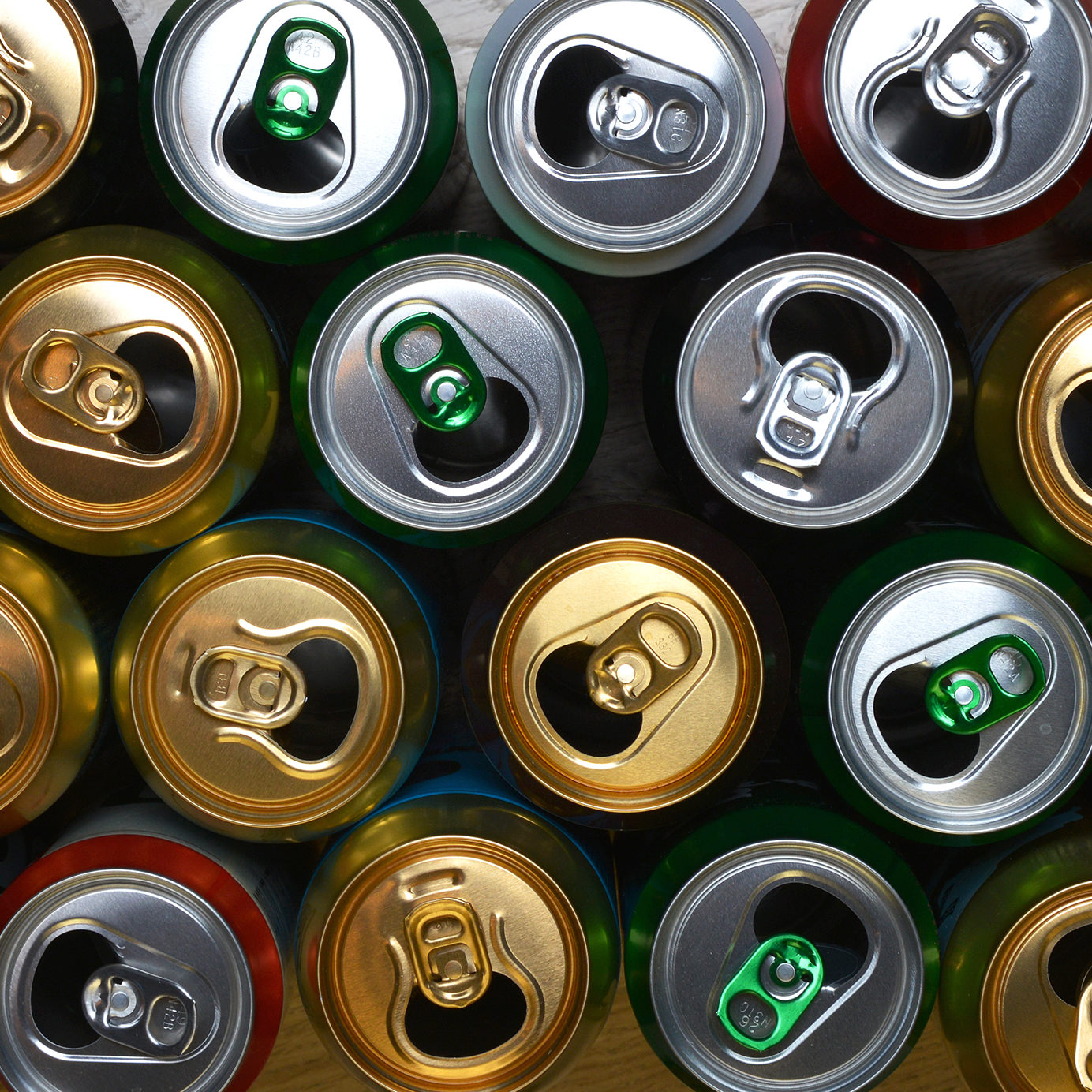Showing up at a party with a six-pack of beer almost always guarantees a warm welcome. That’s not going to change any time soon.
What is changing is the world around (and inside) aluminum cans. A post-World-War-II-era convenience, aluminum cans are now being used to hold everything from cocktails to craft beer and even wine. There are cans appearing in every size and shape, and with a new slew of beverages inside.
It may seem like a fad, particularly in light of the massive trading that surrounds cult craft beers, and the marketing hype around canned cocktails and wine. (According to Business Insider, canned wine jumped from generating $1.9 million in 2012, to $6.4 million in 2016.)
But the can renaissance is bigger than fashion. Cans are the perfect vessels for how we live, socialize, entertain and imbibe today.
If you’re having a party, your IPAs are in the fridge next to your white wine and your Diet Cokes, and everyone helps themselves — no one’s having dinner parties on wedding china and crystal anymore.
“If we zoom out and observe society, we’re moving toward a culture of convenience in all things,” Kia Karimi, co-founder of Black Magic Beverages, tells me. “Cans make a lot of sense from a cost perspective, but they also fit into the convenience model for drinkers. Cans are allowed a lot of places where glass isn’t.”
Though the package is humble, cans are incredibly practical. They are cheap, safe, customizable, and crushable (figuratively and literally). Canned goods eliminate delicate, breakable glass bottles and are recyclable.
“Cans are actually a really high-quality way to package wine,” Evan Frazier of Napa’s Ferdinand wines says. “So far in my experience the wines taste just as good, if not better, from a can.” Ferdinand makes canned Albariño and will soon release a rosé.
Contrary to still-popular belief, cans don’t impart their flavor on what’s inside. Lined with a food-grade sealant, that tinny taste doesn’t rub into brews or booze. In short, there’s no reason not to put Grade-A ingredients in a can and have them taste perfect.
“I saw what the craft-brew world was doing, putting tasty small-production beverages into cans with great designs and thought we should try the same thing in the wine industry,” Frazier says.
In addition to eliminating cork taint, cans have a handful of storage benefits over glass bottles, big and small. Cork and cap-free closures don’t leak, and make oxidation (the process that turns wine sour and sad) a worry of the past, since cans aren’t porous.
Unlike glass bottles, cans are opaque and prevent light from degrading what’s inside. This is why top-end olive oils are regularly shipped in cans instead of glass.
Sixteen-ounce cans take up significantly less shelf, fridge, and backpack space. This makes a lot of sense for those who travel frequently and live in smaller spaces, such as city dwellers, which the majority of millennials are or want to be. As a result of our generational propensity for urban life, “for the first time since the 1920s growth in U.S. cities outpaces growth outside of them,” Nielsen reports.
We are accustomed to customization, making low-cost, mix-and-match cans perfect for modern consumers.
The newest addition to the canned canon is pre-mixed cocktails, like Karimi’s all-natural Half-Seas line of sparkling drinks. This also speaks to contemporary desires to marry convenience with craft. Consumers who don’t necessarily know how to make an Old-Fashioned, but know that they like ordering them, can now bring cocktails to a party instead of wine.
“If you’re going to a dinner party and want to bring wine, then you’re around the same price point,” Karimi says. Half-Seas four-packs run around $16.
If cans have been around for generations, how come our mothers weren’t toting cans of sparkling White Zinfandel or Cosmopolitans alongside 12-packs of Tab? The short answer is technology. Hand-canning beans and fruit preserves mirrors the mass-production process, but canning alcoholic drinks requires more finesse. High-carbonation canning equipment lagged in the U.S., making the entry cost prohibitive for generations of producers.
“You can’t just put the same ingredients [as a typical mixed drink] in a can and have it taste good,” Karimi says. “New technology allows us to have a higher level of carbonation in the can, which previously you really couldn’t do as a small brand.” Adding carbonation and higher CO2 pressure inside canned cocktails makes aluminum-wrapped cocktails taste refreshing, even after six months on the shelf.
“Still cocktails in a can taste like you made a cocktail and left it in the fridge for a few days, but carbonation creates a freshness I think people missed,” he says.
These advances, and their falling costs, mean reputable booze and mixers like organic grapefruit juice are finally getting into cans — it isn’t all malt liquor anymore.
“Each can is a full serving,” Miles Thomas, co-founder of Black Magic Beverages, says. “The government comes in and regulates what each can needs to be, and we really wanted our cans to be as close to a true cocktail size as possible.” That’s also why canned wine often comes in 6.8- or 7-ounce containers, instead of the standard 12-ounce beer can.
Ready to give canned beverages a try? Here are a few favorites.
Cans to Try
Wine
Field Recordings Fiction Red Blend
Beer
Most craft breweries produce excellent beer in cans. Some personal favorites are:
21st Amendment Hell or High Watermelon
Tioga-Sequoia Brewing Company Highway 99 California Golden Ale
Cocktails and Spritzers
Novo Fogo Sparkling Caipirinha
Ramona Pink Grapefruit Artisanal Wine Cooler
